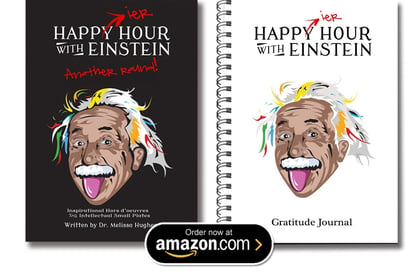The human brain is wired to connect with others. What that means is that it’s not just a nice-to-have, it’s a must-have. A sense of belonging and social acceptance is essential to physical, mental, and emotional well-being.
Scientists have discovered that the brain doesn’t distinguish between physical pain and social pain. We now know the same brain regions are activated and the same chemicals are released when one feels rejected, ridiculed, or isolated from others as with physical pain. Recent research conducted at the Molecular and Behavioral Neuroscience Institute at the University of Michigan team discovered that brain pathways that are activated during physical pain are the same as those activated during social pain. Using advanced brain scanning, they tracked subjects’ opioid release as they experienced social rejection. The effect was largest in the brain regions that are involved in physical pain.
Edward Smith, a psychologist at Columbia University in New York City specifically examined how the brain processes rejection from a romantic or meaningful platonic relationship. MRI scans showed activation in the same brain areas that that manage physical pain when subjects were asked to look at photographs of their ex-partners and recall the experience of being rejected. Even more striking, the team analyzed 150 other brain-scan experiments on negative social emotions such as fear, sadness, and anger. They found that none of these emotions activate the brain’s physical sensory areas the way social rejection does.









